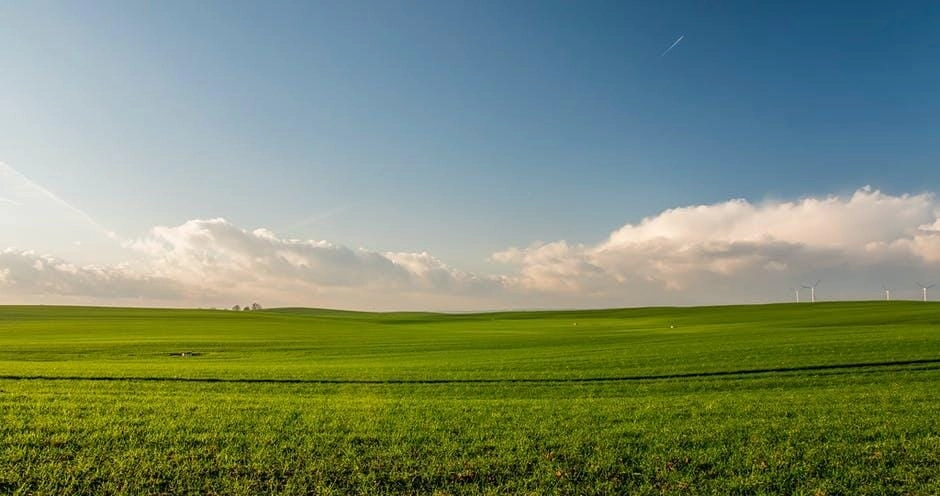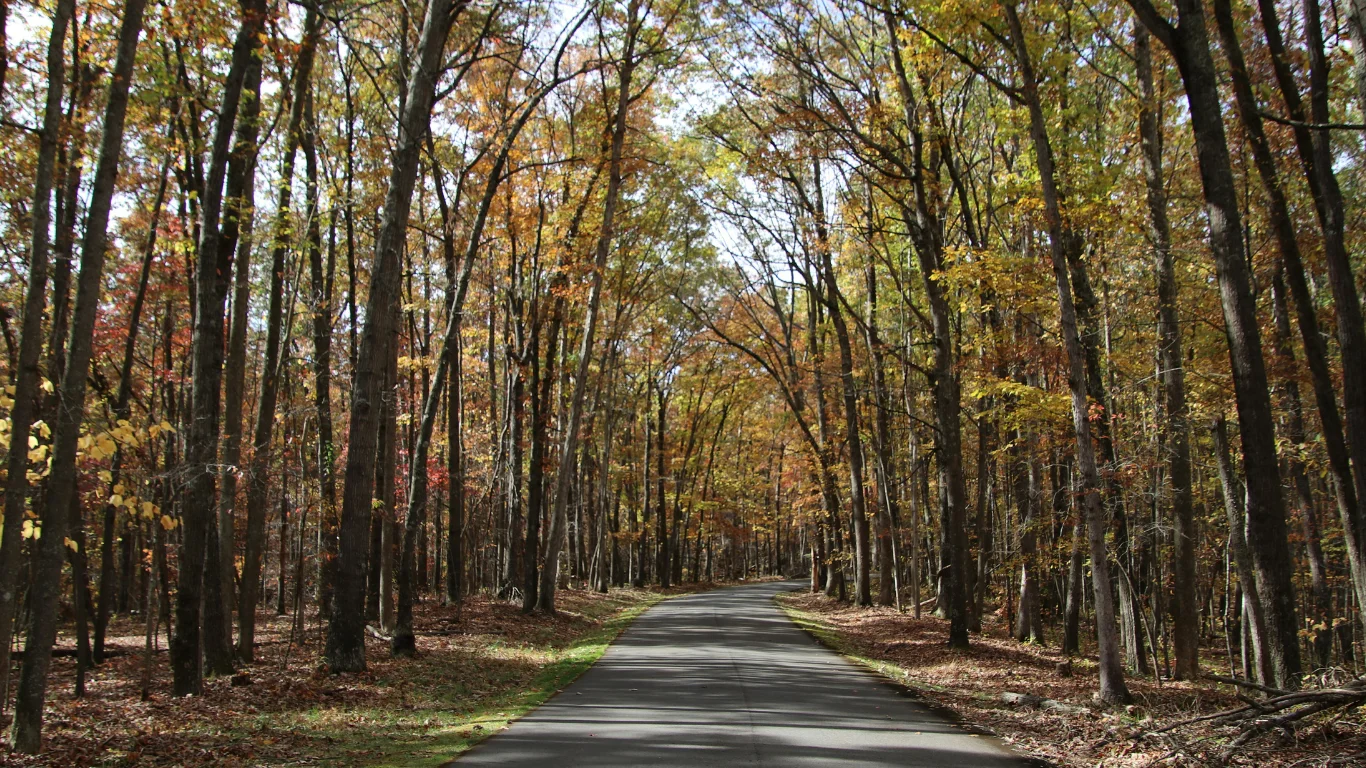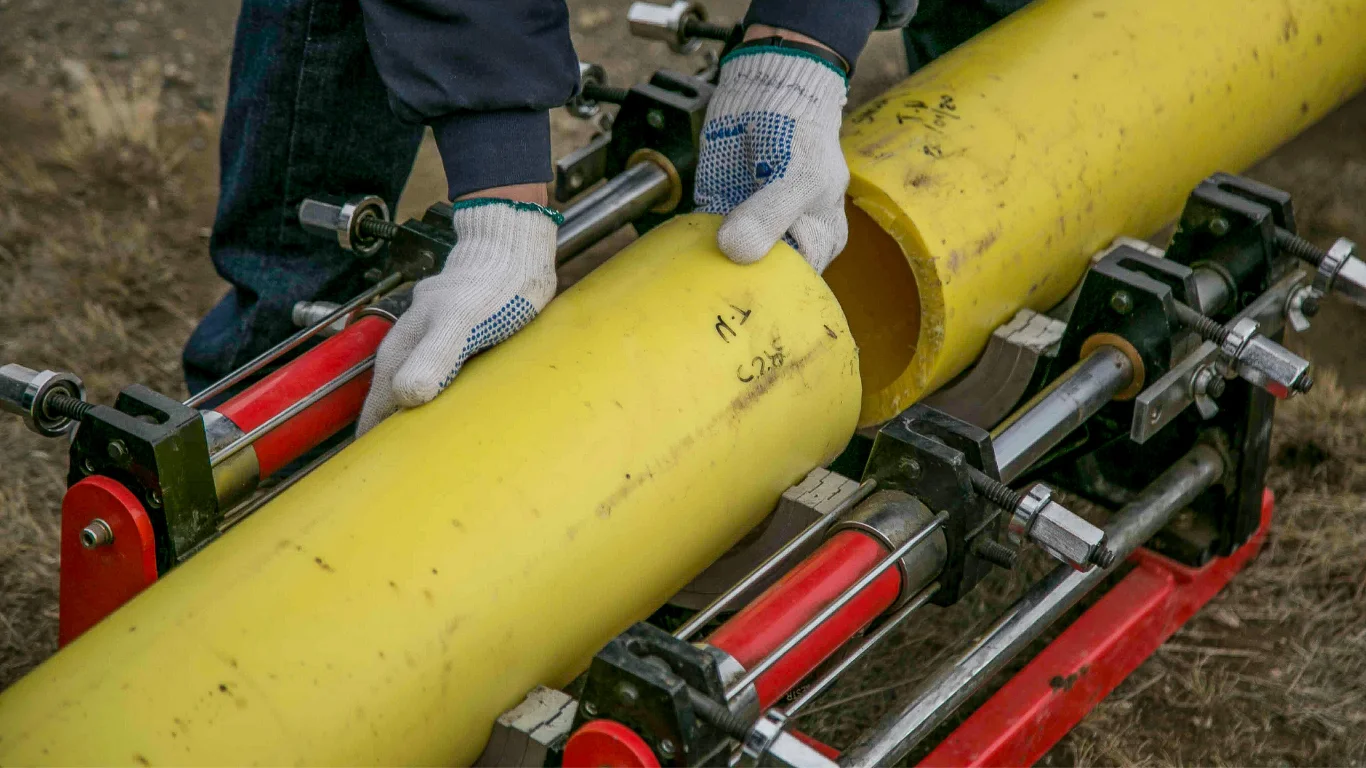Managing land effectively is crucial for every property owner. With the right land management strategies, you can enhance the value of your property, protect natural resources, and promote sustainable practices that benefit future generations.
Surprisingly, many landowners overlook this aspect. They treat their property as merely a space without considering its long-term potential. Whether you are a seasoned farmer, a first-time homebuyer, or someone looking to maximize your land’s potential, understanding effective land management is vital.
This guide outlines several key strategies to help you make informed decisions.
Create a Comprehensive Land Management Plan
A good land management plan works like a roadmap to help you make the most of your land while keeping it healthy. To create one, start by carefully studying your land. Look at the soil, plants, and animals living there.
Next, decide what you want to do with your land. For example, are you going to use it for farming, fun activities, or protecting nature? It’s also smart to talk to land experts who know a lot about these things and can give you good advice.
By doing all this, you can make a plan that fits your land’s needs and helps you reach your goals for the future.
Implement Sustainable Practices
Sustainability is very important for good land management. Using methods that keep the environment healthy can help your land stay strong for a long time.
For example, crop rotation means growing different kinds of crops in the same area to keep the soil healthy. Conservation tillage means disturbing the soil less to stop it from washing away and to keep its structure.
Integrated pest management uses fewer chemicals to control pests. This helps keep the animals and plants around healthy. Using these ideas can help your land stay productive and strong for many years.
Monitor Soil Health
Healthy soil is very important for good land management. Testing the soil regularly helps you know what nutrients it needs, its pH level, and how active the tiny living things in the soil are.
To keep soil healthy, test it at least once every three years to make sure it has the right nutrients. Adding things like compost, manure, and mulch can make the soil richer and better for plants. Using cover crops and planting grass or other plants along the edges helps stop the soil from washing away.
Taking care of soil like this helps your land stay healthy and good for farming or other uses for a long time.
Conservation Easements
Conservation easements are special agreements that help protect nature by limiting how land can be developed. If you own land, using a conservation easement can make your property more appealing to people who care about the environment.
It can also help you save money through tax benefits. Some states offer this to landowners who keep their land protected. This is a great way to take care of nature and leave something special for future generations.
Engage in Wildlife Management
Taking care of animals and nature is an important part of managing land. One way to help is by creating paths called wildlife corridors. These paths let animals move safely from one area to another.
It’s also important to remove harmful plants or animals, called invasive species because they can hurt the plants and animals that naturally live there. By doing these things, you help keep the land healthy and full of life.
Consider Agroforestry
Agroforestry combines agricultural and forestry practices. This optimizes both land usage and productivity. This approach includes planting trees alongside crops or livestock.
Planting trees is very helpful for the land and animals. Tree roots keep the soil strong and healthy by stopping erosion and helping nutrients move through the ground.
Trees also give homes to birds, bugs, and other animals. This helps nature stay balanced and full of life. Consider incorporating agroforestry practices to maximize your land’s potential while contributing to environmental health.
Water Management Strategies
Taking care of water is very important for both farms and homes. One smart way to save water is by collecting rainwater to use later. This means you don’t need to use as much water from the city. Another good idea is to use drip irrigation systems, which give water slowly to plants and help avoid wasting it.
By adopting these measures, you ensure sustainable water use, safeguarding this critical resource.
Urban Land Management
If you own land in a city, you need special ways to take care of it. You can add green roofs and walls, which are covered with plants. These help clean the air and keep buildings cooler or warmer, saving energy.
Starting a community garden is also a great idea. It brings neighbors together and lets people grow their own fruits and vegetables. As a growing trend, Homesteading in Texas offers unique opportunities for land management. This practice emphasizes sustainable living, promoting self-sufficiency and resource conservation.
Regular Maintenance and Inspection
Taking care of your land all the time is very important. You should check your property often to look for problems like soil washing away, harmful plants, or damage to the land. Doing small jobs like fixing fences, cleaning up trash, and keeping trails nice can stop bigger problems from happening later.
Participate in Community Land Programs
Many towns and cities have special programs to help people take care of their land. These programs can teach you smart ways to manage your land and show you new tools and ideas. You can also meet other landowners, share tips, and learn from each other. Tap into these resources to enhance your land management practices and stay informed about industry trends.
Embrace Technology
Today’s technology makes it easier to take care of land. Tools like drones can fly over your land and take pictures to help you see how things are doing. Mapping programs like GIS help you understand how your land is being used and how to make it better. These tools help you make smart choices and keep your land healthy.
Integrating technology into your land management strategy can lead to greater efficiency and better outcomes.
Taking Action for Sustainable Land Management
As a property owner, implementing effective land management strategies is essential for maximizing property value and ensuring sustainable practices. By developing a comprehensive plan, adopting sustainable practices, and utilizing available resources, you actively contribute to the preservation of natural landscapes and the optimization of your land’s potential. Take action now to secure the future of your land!







